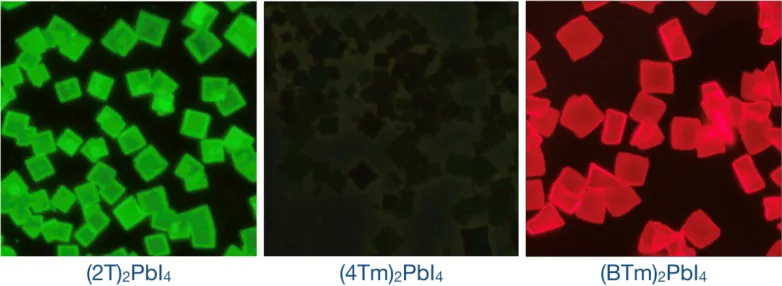New hybrid perovskite material for photovoltaic cells with improved stability
- The group of researchers at Purdue University has developed a new sandwich-structured perovskite, which combines inorganic and organic materials. The innovative material is expected to maximize the perovskite solar cells’ thermal stability with no need to include toxic lead in the structure.

The scientific team at the U.S. public research university has discovered novel hybrid organic-inorganic perovskites, describes as a sandwich-structured material, which are likely to make photovoltaic cells based on perovskite much more stable.
The innovative material is meant for incorporating between the perovskite layers. The researchers have created a molecule design strategy aimed at reducing the interaction of organic molecules. This is how the organic particles can be incorporated in the inorganic structure, which results in improving the perovskite properties.
Normally, inorganic molecules don’t blend well with organic structures. It happens because inorganic materials are more rigid than organic ones, with the softer material constantly moving.
The researchers are sure that the new material is suitable for commercial production. Besides, they affirm that it is possible to maximize thermal stability as well as charge carrier transport properties of the newly-created hybrid perovskite.
The new material is lead-free, which makes it environmentally friendly and suitable for implantable bioelectronics devices.
Also read

